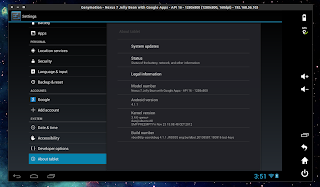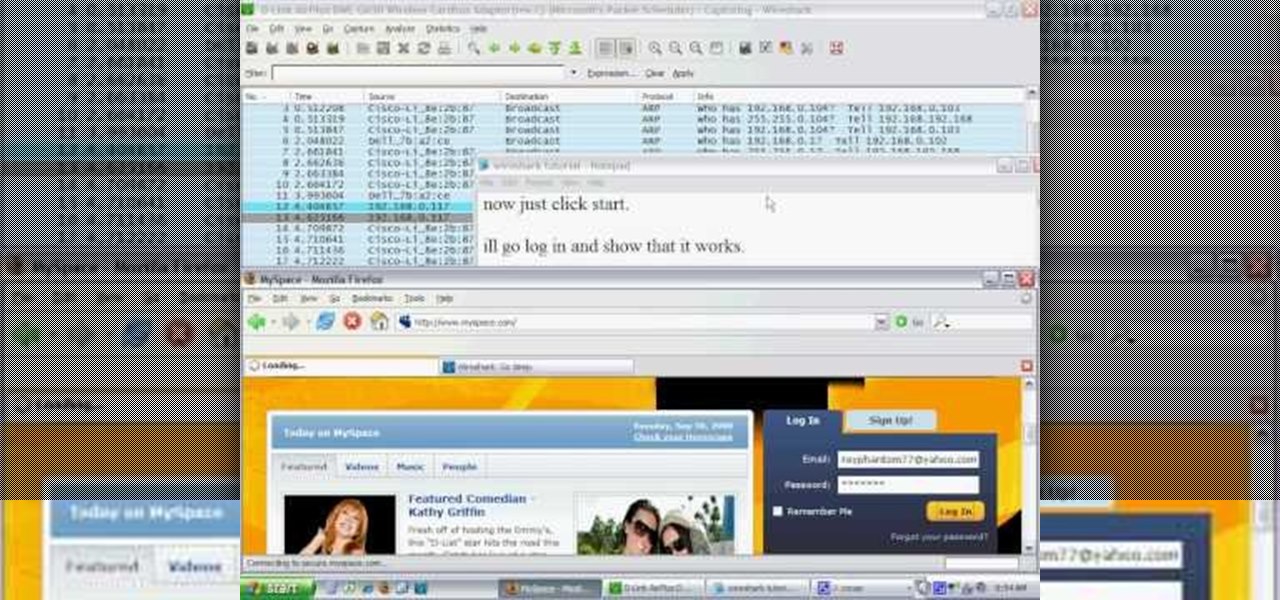

You may use many standard linux commands to get around and mess with files. Now you should see something like the following in your terminal: Plugin a device or launch and emulator and try the adb shell command again. That’s fine, it means adb shell is setup. If you don’t have an Emulator running or a device plugged in, you will get an error: device not found response. You should now be able to type adb shell. Save your profile and launch a Terminal window.

The _JAVA_OPTIONS=”-Xmx1g” increases the heap size that Xamarin Studio can use for Java native binaries. The first two lines tell your bash environment where to look for the Android SDK and NDK. Add the following lines to your profile if they are not already there: export ANDROID_SDK="/Users/you/Library/Developer/Xamarin/android-sdk-mac_x86/"Įxport ANDROID_NDK="/Users/you/Library/Developer/Xamarin/android-ndk/android-ndk-r8d/"Įxport PATH="$PATH:$ANDROID_SDK/tools:$ANDROID_SDK/platform-tools:$ANDROID_NDK" bash_profile (in your ~ or home folder) with a trusty text editor (we recommend TextWrangler or BBEdit).
#Rotate emulator android studio mac mac
Running adb shell on a Mac is slightly different from running it on Windows, but here are the basics.īefore launching into the adb tools, let’s make sure that the Android SDK and NDK are part of our bash terminal environment. The ADB comes with a shell utility that allows you to browse the Android file system as if you were a standard Linux file system - which it is. The best way to access the internals of an Android device or an Emulator is to use the Android Debug Bridge (ADB) which comes bundled with the Android SDK as part of the Xamarin Toolkit. Note: You cannot simulate multiple touches on the Android Emulator Emulator File System left-control + F12 = Rotate Emulator (Windows).fn + control + F12 = Rotate Emulator (macOS).The following key combinations can be used to rotate emulators: Once setup properly, the emulators can get you a long way in the development process before testing on actual devices. given the functional limitations of the emulator (no multitouch, for example) and the wide variety of Android devices in the marketplace with their diverse hardware configurations and capabilities. That said, it’s still important to test on actual devices, esp. The Android Emulator does a good job virtualizing hardware configurations and failing when they should (you can limit the amount of memory, for example, in a way that is not possible with the iOS simulator). Android EmulatorsĪndroid Emulators are a decent approximation of actual devices themselves, though performance may vary slightly.

This guide covers the basics of using Emulators or Simulators to debug your mobile application.Īndroid provides Emulators and iOS provides simulators, each with their benefits and weaknesses.


 0 kommentar(er)
0 kommentar(er)
